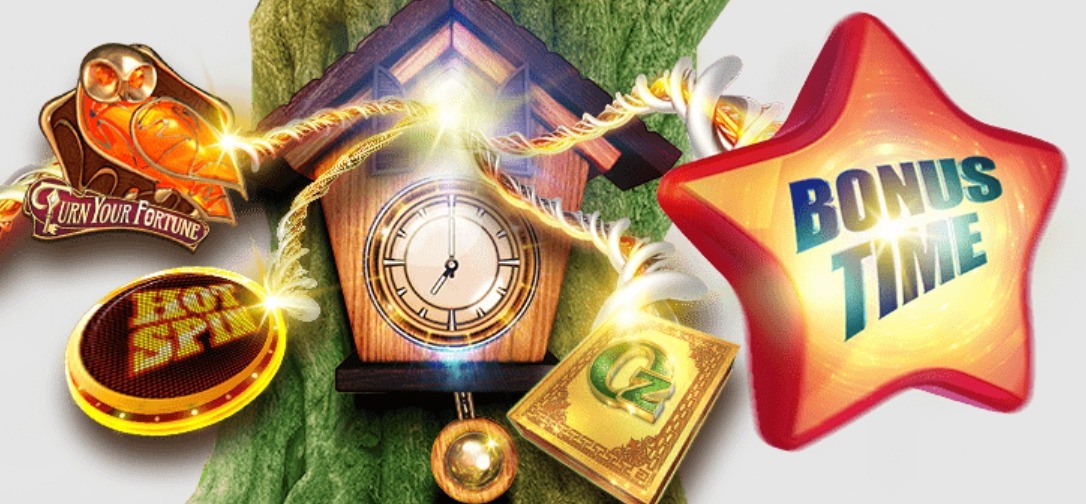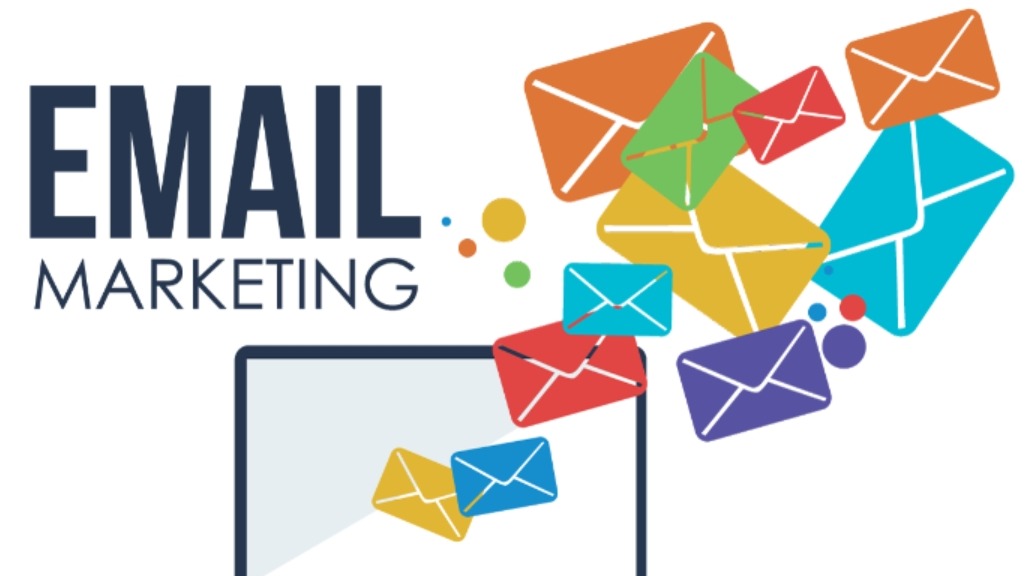Invention Marketing and Licensing for the Inventor
There are a lot of less than forthright organizations that allegedly help individuals sell their inventions to industry. In all my years of working as a patent lawyer, I have never come across a single person who ever used one of these organizations to effectively market or sell their invention. However, I have met several who successfully marketed their inventions themselves. Before you take any steps to market your invention, you should take a few preliminary steps. Preliminary Patent Search – A preliminary patent search is generally a good first step. A preliminary search of various patent offices can be conducted for a reasonable fee (just contact a patent agent/lawyer), and it is even possible to conduct one for free (see the US patent office at http://www.uspto.gov/) Patent Application – Don’t publically disclose your invention until after a patent application is filed. Publically disclosing the invention before filing a patent application can potentially ruin the chances of ever being granted a valid patent. In fact, many Companies will not even talk to you until you have filed a patent application. Prepare a Formal Information Package – You should prepare an informative and concise information package describing you, your invention and the potential market your invention reaches.
The package should include color photographs of the invention, and a one page executive summary. Prototype – It is a lot easier to sell a product if potential buyers can see, touch and feel the product. Building a working prototype is often a key step in selling your invention. Of course, some products are difficult to prototype, in which case a non-working mock-up may have to do. In any event, create the most professional prototype or mock-up you can. Obtain Financing – Building prototypes and filing patent applications require funds. Finding that initial start up funding is often difficult; however, there are two tried and true methods, namely partnerships and incorporations. A signed partnership agreement is one way for a few people to pool their financial resources into a project. If several investors are involved, then an incorporated company is a better method. Essentially, the company takes ownership of the invention and the investors contribute money to the company in exchange for shares. The number and price of the shares can be tailored to suit the particular needs of the project. Now that we have dealt with some of the preliminary issues, let us look at the mechanics of selling your invention to a company. The actual steps in the process are as follows: 1. Compiling a List of Potential Buyers – Finding a company that is willing to buy the invention is the most challenging part of the process. It begins by generating a list of companies that may be interested in the invention. You can use a business directory to generate that list. Business directories list companies by the products they manufacture (or services they provide) and include basic information about these companies such as their address, phone and fax number, and the name of the president (CEO or owner). Suitable business directories may be found in the business section of the local reference library.
2.
Contacting Potential Buyers – Your list of potential buyers may include literally hundreds of companies.
You simply call up each company on the list and ask them if they would be interested in receiving a solicitation for a new invention. Then get the contact information about who in the company to send your information to. 3. Presenting the Invention to Prospects – After you have thinned out your list, your next step is to submit your information to each of the companies on the list. This may involve calling the people identified to be the “contact” for new product ideas and telling them that you are sending them an information package about your product. Your package should include a cover letter and a one page synopsis of your product (including a picture). The information must be clear, concise and it must appear as professional as possible. Don’t try to overwhelm the recipient – you want to impress them, not burden them. 4. Follow Up – Do not expect the prospect to come to a quick decision concerning the invention. It may take a prospect many months (even a year or more) to make up his/her mind on a project. You have to be patient. It is important to periodically follow up with the company but do not “pester” the prospect. Remember, the people considering your invention are probably quite busy with several other projects – annoying them may do little to speed the project up and may cause them to drop the project altogether.
5. Negotiations – If you find a company that is interested in picking up the project, then be ready to negotiate the terms of the sale. The key here is to be reasonable. From my experience, nothing kills off a potential licencing deal faster than an unreasonable inventor. Realistically, the most you are likely to get is a good return on your investment. Asking for a smaller signing fee together with a modest royalty is far more likely to generate a signed agreement than holding out for a big payoff. 6. Royalty Amount – I am usually asked the question “how much can I sell my invention for”. I don’t know the answer; however, here are a few rules which can help you figure out a reasonable royalty rate. First of all, try to negotiate a royalty which is broken down in to two parts, an initial signing payment and an annual royalty payment. The initial payment should cover most of your costs of the project. The annual royalties should represent an amount which is sufficient to represent a good return on your investment without being a burden on the manufacturer. The general “rule of thumb” is to ask for a small percentage (1% to 5%) of the net sales of the product. It is also possible, and in some cases advisable, to fix the annual royalty payment to an easily calculated amount (e.g. $1.00 per unit sold). Selling your invention to a manufacturer is possible but it is not easy. How successful are you likely to be? From my experience, individual inventors are far more likely to successfully sell their invention by themselves then by going through some invention promotion organization. Like any business, the chances of success are a function of your determination, knowledge and willingness to take risks.


